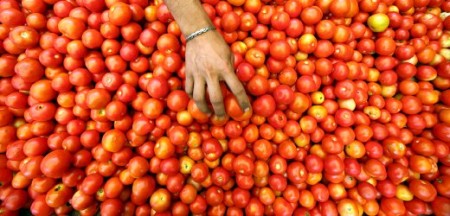The New York Botanical Garden may be best known for its orchid shows and colorful blossoms, but its researchers are about to lead a global effort to capture DNA from thousands of tree species from around the world.
The Bronx garden is hosting a meeting this week where participants from various countries will lay the groundwork for how the two-year undertaking to catalog some of the Earth’s vast biodiversity will proceed.
The project is known as TreeBOL, or tree barcode of life. As in a similar project under way focusing on the world’s fish species, participants would gather genetic material from trees around the world.
A section of the DNA would be used as a barcode, similar to way a product at the grocery store is scanned to bring up its price. But with plants and animals, the scanners look at the specific order of the four basic building blocks of DNA to identify the species.
The resulting database will help identify many of the world’s existing plant species, where they are located and whether they are endangered. The results are crucial for conservation and protecting the environment as population and development increases, said Damon Little, assistant curator of bioinformatics at the Botanical Garden and coordinator of the project.
(No way that this is only about identifying the species and finding out weather they are endangered or not.
What could a scientist possibly do with DNA?
Why have massive, high level security ‘Doomsday’ Seed Vaults been built just recently?
Just in case you have missed these articles:
‘Doomsday’ seed vault opens in Arctic
Investors Behind Doomsday Seed Vault May Provide Clues to Its Purpose (Part 2)
Hungary to start the world’s first wild seed bank
African seed collection first to arrive in Norway on route to Arctic seed vault
Maybe, just maybe, could it be that this is more than a coincidence? …and there are no coincidences.
Maybe some of the – socially accepted – most powerful people in the world are expecting a catastrophe of epic proportions. – The Infinite Unknown)
Read moreScientists to capture DNA of trees worldwide for database

